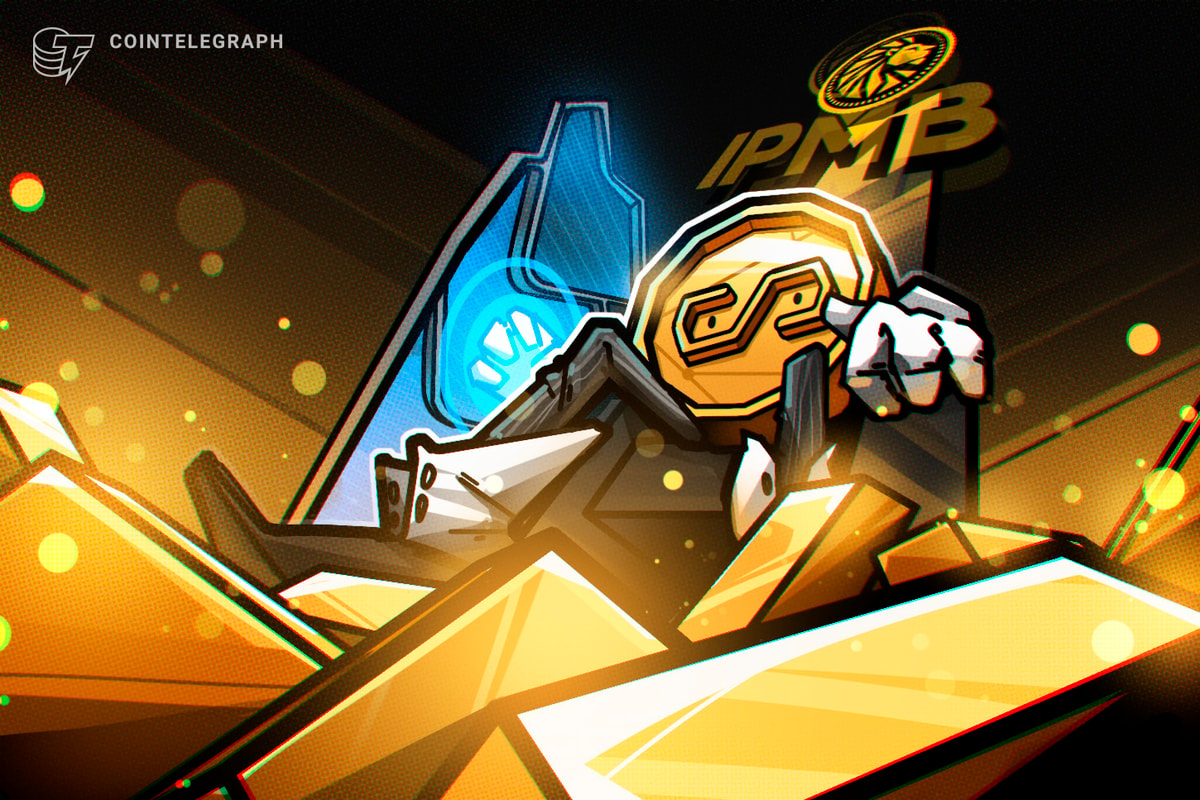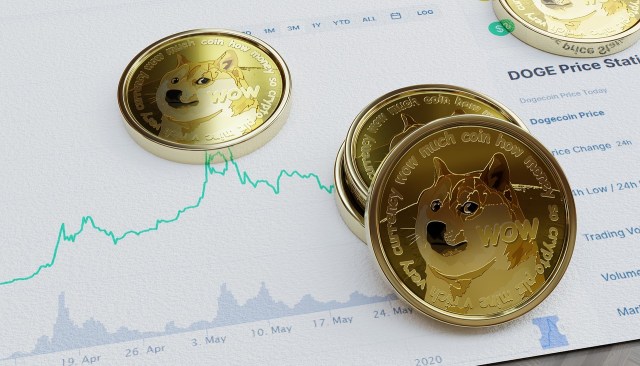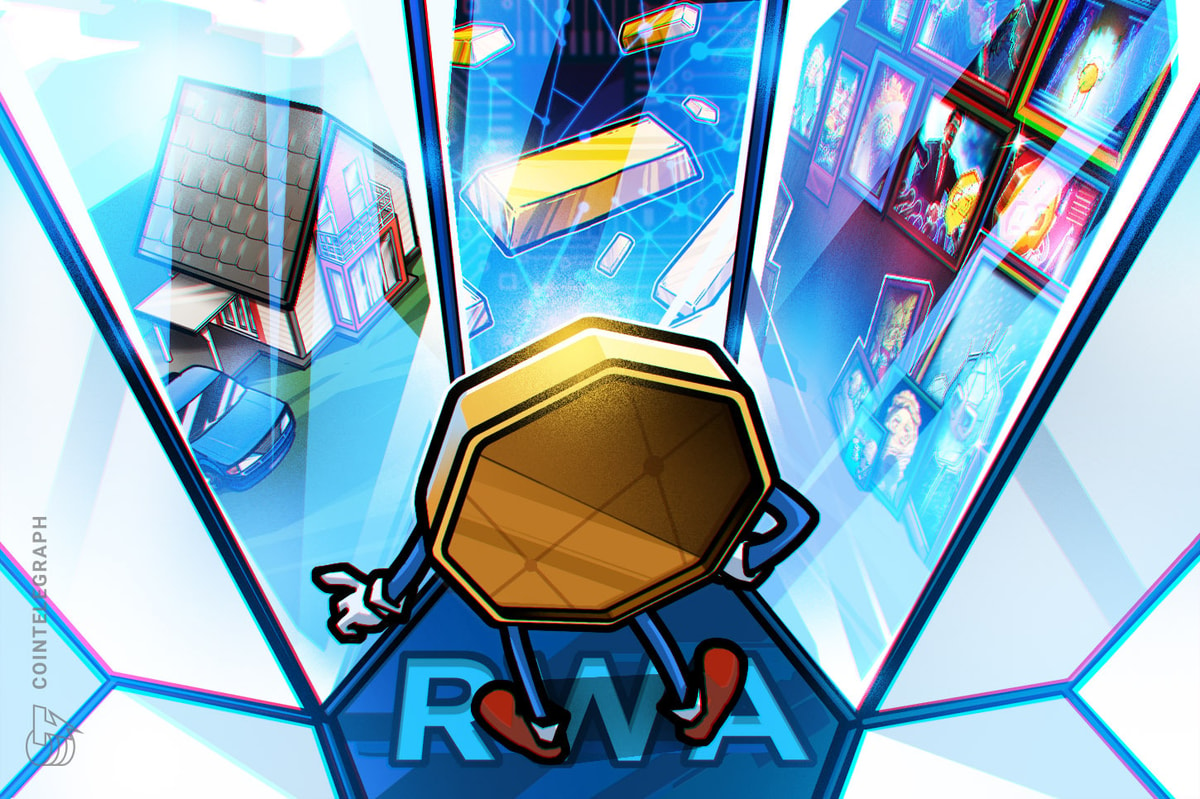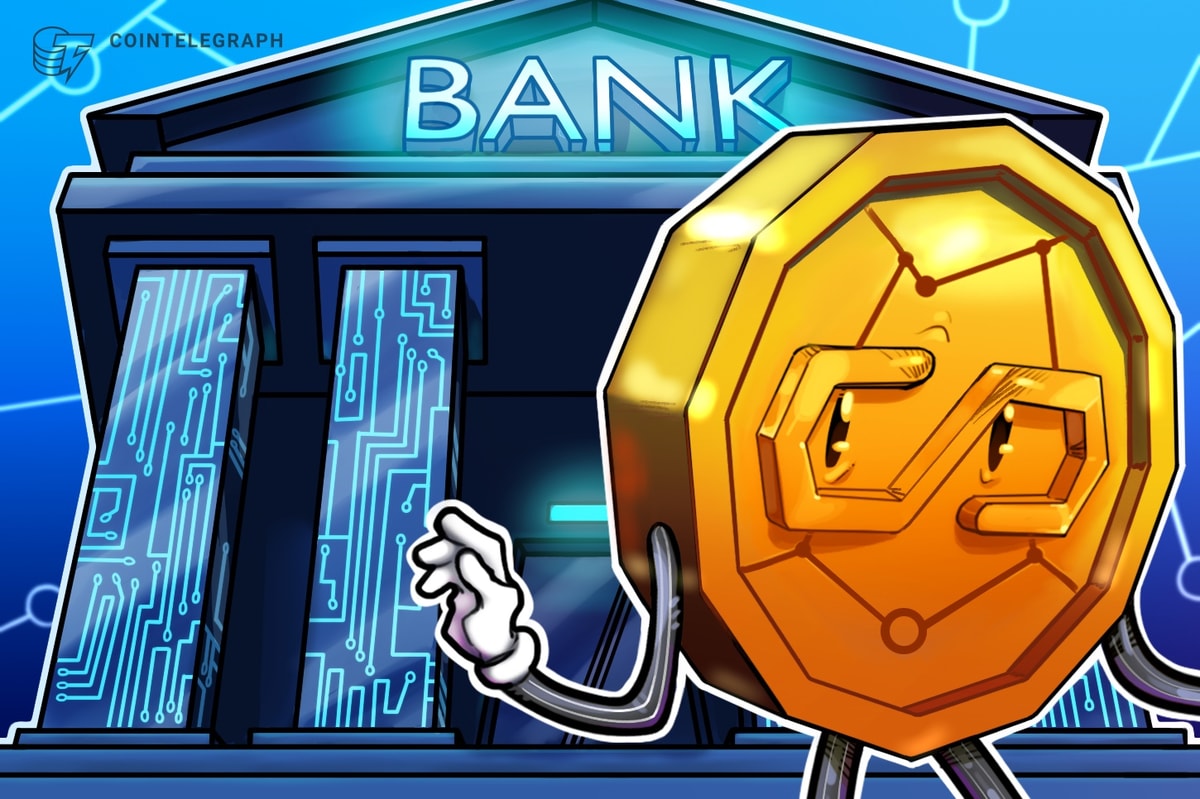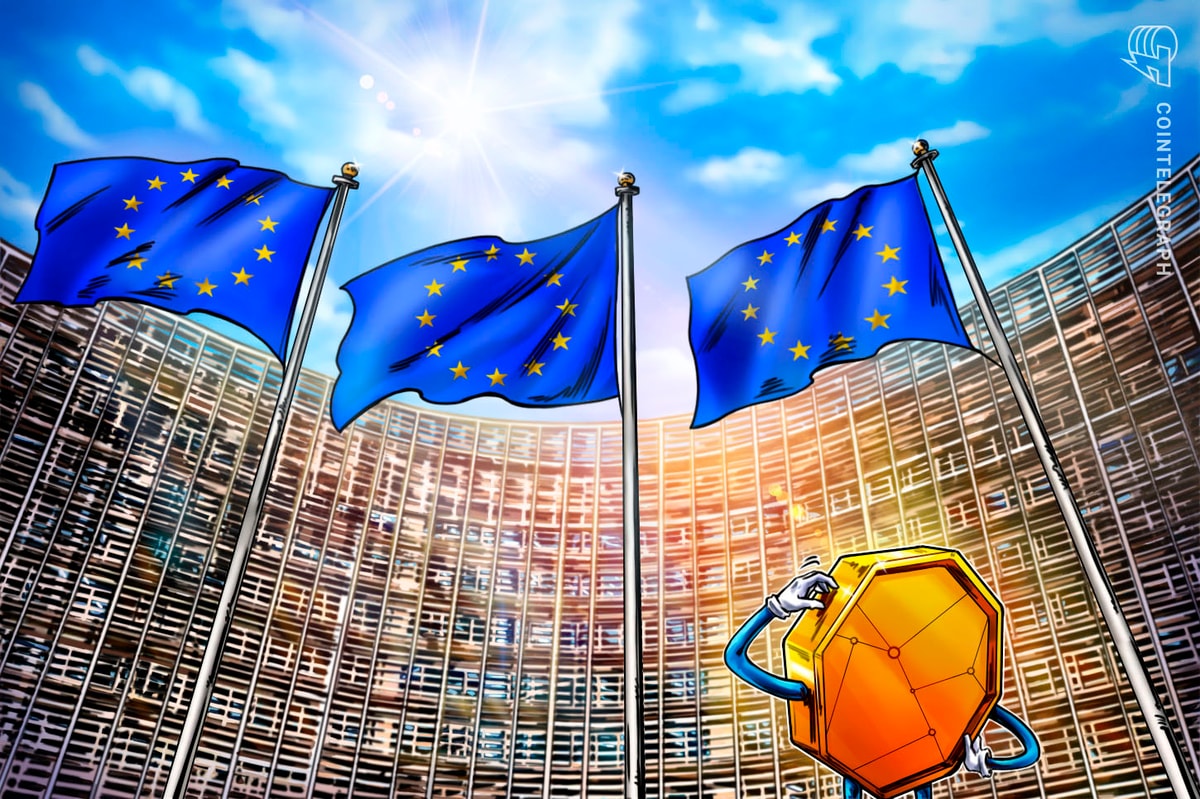Why gold has a place in Web3
Gold has a place in the Web3 era simply because it has a place in every financial system ever created. Once our ancestors discovered this shiny metal, it became their favorite way to store wealth. With a distinct yellow metallic color, this unique element precedes any other financial means as a store of value, a medium of exchange, and a symbol of wealth and power.
Unlike fiat currencies, which can be devalued by inflation or economic policies, gold has maintained its purchasing power over thousands of years. With its potential to bridge the traditional and digital economies on a single asset and known for its scarcity, it is the perfect antidote to the volatility associated with the Web3 space.
Although Bitcoin (BTC) is often seen as a disruptive force in the financial world, gold and Bitcoin can function as complementary assets rather than competitors. While Bitcoin’s volatility offers opportunities for significant gains during bull runs, it also presents considerable risks during downturns. In contrast, gold’s historical role as a stable store of value makes it an ideal asset for mitigating such risks.
Incorporating both Bitcoin and gold into a portfolio can help balance risk and reward, as the stability of gold provides a counterweight to the more volatile nature of crypto. This dynamic positions gold not as a competitor but as a valuable complement to digital assets, providing diversification and stability during periods of market volatility.
Understanding tokenization and how it can foster the adoption of digital assets
Asset tokenization is where the magic truly happens — as long as the technological and financial requirements are met. Thanks to blockchain technology’s innate qualities, such as transparency and immutability, a real-world asset (RWA) can be turned into a digital asset by issuing onchain tokens.
Digital tokens can be easily fractionalized, meaning digital gold can be bought and stored in much smaller volumes. This fractionalization lowers the barrier to entry, making it accessible for a broader audience to participate. Furthermore, tokenization enhances liquidity and transparency, allowing investors to easily track each token’s history and ownership on the blockchain.
This is how gold can find its digital twin in the Web3 space as a tokenized RWA, potentially bringing millions of people from around the world who know and trust gold into the Web3 economy.
How tokenization can solve gold industry challenges
Gold may boast many attractive qualities as a store of value, but an efficient supply chain and low transaction costs aren’t among them. An academic study lists the main challenges facing the gold supply chain as the non-availability of international standards and high transportation costs, while another journal discusses opacity and illicit activities in gold mining.
Tokenization eliminates the need to frequently transport physical gold for trading or settling transactions. Instead, ownership of the digital tokens, that represents physical gold stored in a secure vault, can be transferred instantly and at a lower cost on the blockchain. This reduces the need for costly and high-risk physical transportation and handling.
Each token on the blockchain can represent a specific amount of gold, and all relevant information, such as its origin, weight and purity, is embedded within the token’s metadata. This creates a standardized digital certificate of ownership that is universally recognizable, providing a clear standard for gold ownership and transfer.
By allowing people from around the world to invest in gold without dealing with the complexities of cross-border transport, storage and conversion costs, tokenization also democratizes access to the gold market to foster a more inclusive and liquid market.
Tokenizing gold to enhance trust and open the gold markets to all
Tokenizing a ‘traditional’ asset that was around before the majority of traditions ever existed is easier said than done. It requires a combination of an established presence in the gold market, expertise in blockchain and distributed ledger technology (DLT) and an entirely new approach to digitizing gold appropriate for the Web3 era.
With its roots in the traditional gold market through the IPM Group, a consortium of investment-grade gold producers, International Precious Metals Bullion (IPMB) is a gold-backed digital asset provider that checks all the boxes.
Working with gold from mines to the 24-carat product, the organization decided to utilize its established supply chain to help consumers save on purchasing gold by providing access to gold ownership via non-fungible tokens (NFTs). This is how the IPMB was born.
IPMB has introduced an innovative way to tokenize gold with a dual-asset system. The first asset is the IPMB Token, a gold-backed cryptocurrency that serves as the utility and payment token. It is accompanied by a series of NFTs — GEM NFTs — which provide onchain ownership of physical gold.
With IPMB’s dual-token system, investors are presented with an efficient and cost-effective way to diversify their portfolios. By offering low-cost access to gold, IPMB enables investors to combine the stability of gold with the growth potential of digital assets.
IPMB utilizes Goldtrace360, a proprietary solution that ensures complete traceability and transparency of the allocated gold that underwrites the GEM NFTs. While each IPMB Token is backed by 22-carat gold doré bars, GEM NFTs are backed and pegged to LBMA-certified 24-carat gold. Both tokens are fully verifiable on the blockchain, and users will be able to verify critical information about their underlying physical gold with Goldtrace360, including its provenance and adherence to ethical sourcing standards.
The significance of asset-backed tokens
There’s a significant difference between gold-pegged stablecoins and a gold-backed cryptocurrency. When IPMB Tokens are converted to GEM NFTs at the smart contract level, the conversion is based on weight if the IPMB Token trades below the price of gold, with each IPMB representing 1 gram of gold. If IPMB trades above the price of gold, the conversion happens based on the token’s value (prices are 3-month averages).

Source: IPMB
IPMB maintains regular third-party reserve reports and offers digital assets with a true physical value that can be redeemed in person. The integrity of redeemability is held high through the maintained overcollateralization of its gold reserves. For example, IPMB’s reserves were overcollateralized through the first half of 2024, with each IPMB Token backed by at least 2.5 grams of physical gold.
The role of gold-backed tokens in payment systems
With the inflation rates going higher around the world, fiat currencies go through a constant devaluation, making it harder for the legacy payments infrastructures to keep up. As fiat money loses its value, people start looking for alternatives. Gold immediately comes to table, but it’s bulky, expensive, and hard to secure to be used for everyday payments.
This is where gold-backed tokens like the IPMB Token and GEM NFTs can act as a bridge between traditional gold and digital payments. Each IPMB Token is backed by gold doré, verified by Grant Thornton Cyprus. In other words, IPMB Token provides the Web3 community with a hard-sound digital currency on the gold standard that is suitable for day-to-day transactions and aims to combat the volatility of currency leading cryptocurrencies.
Similarly, GEM NFTs will be backed and pegged to LBMA-certified investment-grade gold and verified by Grant Thornton Cyprus, providing users with assurance of the gold’s quality and compliance with stringent auditing standards.
Impact of gold-backed tokens in the future of crypto payments
From a Web3 standpoint, access to a digital version of gold gives Web3 investors a seamless way to hedge against inflation and market volatility alongside the utility of digital payments. Combining the physical value of gold with the flexibility of crypto brings enhanced utility to the IPMB Tokens and stability through asset-backed NFTs.
What IPMB does with its dual-token ecosystem stands as a significant step in reforming how gold as a valuable asset is stored and exchanged. By addressing inefficiencies in the traditional gold market, enhancing transparency and providing a digital payment method resilient against inflation, these asset-backed tokens are creating new opportunities for both seasoned investors and those newly entering the digital economy.
Disclaimer. Cointelegraph does not endorse any content or product on this page. While we aim at providing you with all important information that we could obtain in this sponsored article, readers should do their own research before taking any actions related to the company and carry full responsibility for their decisions, nor can this article be considered as investment advice.


